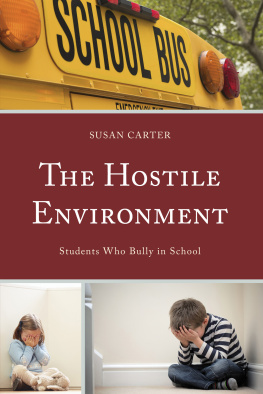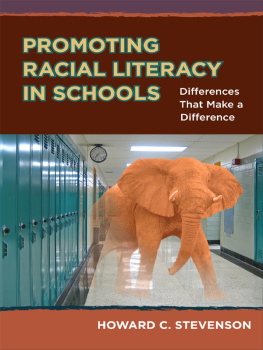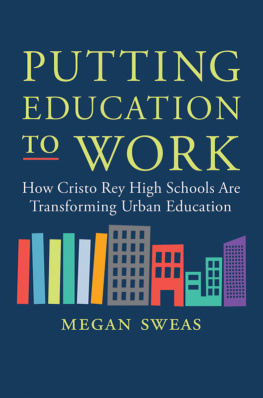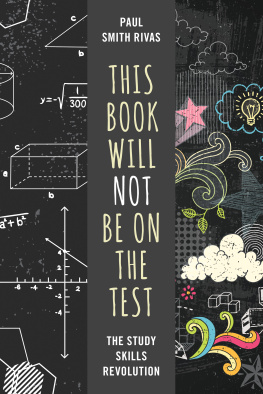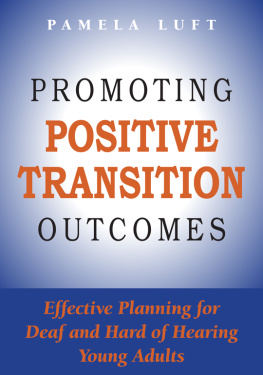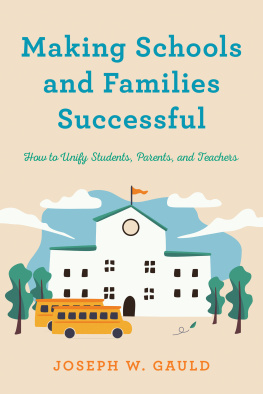Benjamin L. Castleman - The 160-Character Solution: How Text Messaging and Other Behavioral Strategies Can Improve Education
Here you can read online Benjamin L. Castleman - The 160-Character Solution: How Text Messaging and Other Behavioral Strategies Can Improve Education full text of the book (entire story) in english for free. Download pdf and epub, get meaning, cover and reviews about this ebook. year: 2015, publisher: Johns Hopkins University Press, genre: Home and family. Description of the work, (preface) as well as reviews are available. Best literature library LitArk.com created for fans of good reading and offers a wide selection of genres:
Romance novel
Science fiction
Adventure
Detective
Science
History
Home and family
Prose
Art
Politics
Computer
Non-fiction
Religion
Business
Children
Humor
Choose a favorite category and find really read worthwhile books. Enjoy immersion in the world of imagination, feel the emotions of the characters or learn something new for yourself, make an fascinating discovery.

- Book:The 160-Character Solution: How Text Messaging and Other Behavioral Strategies Can Improve Education
- Author:
- Publisher:Johns Hopkins University Press
- Genre:
- Year:2015
- Rating:5 / 5
- Favourites:Add to favourites
- Your mark:
The 160-Character Solution: How Text Messaging and Other Behavioral Strategies Can Improve Education: summary, description and annotation
We offer to read an annotation, description, summary or preface (depends on what the author of the book "The 160-Character Solution: How Text Messaging and Other Behavioral Strategies Can Improve Education" wrote himself). If you haven't found the necessary information about the book — write in the comments, we will try to find it.
A fascinating study that brings the power of behavioral economics to how schools work, how students learn, and how we can help them succeed.
For decades schools have invested substantial resources in boosting educational outcomes for disadvantaged students, but those investments have not always generated positive outcomes. Although many communities have expanded school choice, for example, families often choose to keep their children in failing schools. And while the federal government has increased the size of Pell Grants, many college-bound students who would be eligible for aid never apply. Then there is the troubling trend of summer melt, in which up to 40 percent of high school graduates who have been accepted to college, mostly from underserved communities, fail to show up for the fall semester.
In The 160-Character Solution, Benjamin L. Castleman shows how insights from behavioral economicsthe study of how social, cognitive, and emotional factors affect our decisionscan be leveraged to help students complete assignments, perform to their full potential on tests, and choose schools and colleges where they are well positioned for success. By employing behavioral strategies or nudges, Castleman shows, administrators, teachers, and parents can dramatically improve educational outcomes from preschool to college.
Castleman applies the science of decision making to explain why inequalities persist at various stages in education and to identify innovative solutions to improve students academic achievement and attainment. By focusing on behavioral changes, Castleman demonstrates that small changes in how we ask questions, design applications, and tailor reminders can have remarkable impacts on student and school success.
Benjamin L. Castleman: author's other books
Who wrote The 160-Character Solution: How Text Messaging and Other Behavioral Strategies Can Improve Education? Find out the surname, the name of the author of the book and a list of all author's works by series.

